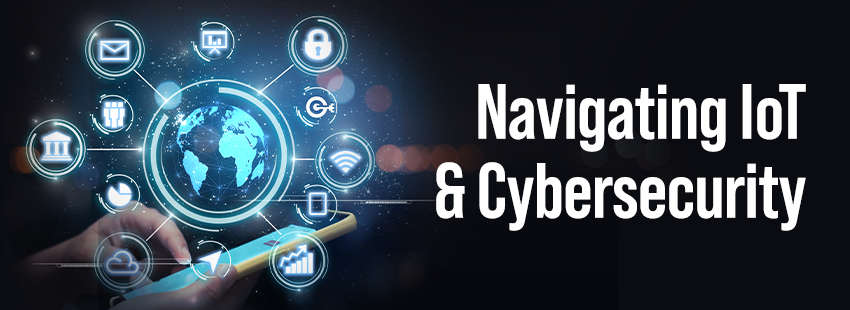The 5 Most Common Cyberthreats and How to Avoid Them
As each year passes by, new advancements in technology continue to improve the way people run their businesses. However, these new advancements don’t come without their potential threats to system security.
It’s expected that cybercrimes will result in the loss of $6 trillion annually by 2021. That’s an alarming figure that has led many business owners to educate themselves and their staff about potential incoming threats and how to protect themselves.
Here are five of the most common cyberthreats in 2018 and how you and your staff can take steps to avoid them.
Ransomware
In the last couple of years, ransomware infections have made their way into thousands of unsuspecting systems. Through encryption and screen locking methods, ransomware will lock-down your data so it’s inaccessible and slow to remove unless you pay the ransom amount.
To avoid ransomware attacks, you should keep all your software updated as hackers usually exploit weaknesses in older versions. Back up your information regularly and keep your staff trained on avoiding unknown email attachments and spammy links.
What’s a spammy link, you ask?
If they start the email claiming to be a prince, you can pretty much stop reading there.
Cryptojacking
With the advancement of blockchain technology, cryptocurrency mining has seen a large uptick in the last couple of years. As the popularity and accessibility of this technology have risen, hackers have found new ways to exploit it.
By entering hidden crypto mining scripts into unsuspecting victims’ computer systems, cybercriminals take advantage of their host’s hardware, putting it to work for their own financial gain.
The best way to prevent this type of attack is by developing procedures to monitor your system’s CPU and memory usage (also known as your RAM). Large, continuous usage spikes in your Task Manager could be a sign of an attack, and you should make sure your firewall and antivirus are activated to combat it.
Related: Are You Being Smart About Smartphone Security?
DDoS Attacks (Distributed Denial of Service)
DDoS attacks (Distributed Denial of Service) are used to completely disable web servers, causing significant downtime and financial losses. Cybercriminals dramatically increase the traffic on a site or server to overload it.
Once overloaded, the site can’t take any more visitors. It’s game over for legitimate users.
One of the easiest ways to prevent these attacks is by monitoring bandwidth on your website and setting usage restrictions for individual sessions. While these measures may not stop the attack entirely, they will give you enough time to recognize suspicious anomalies and deploy additional security measures as needed.
To actually deflect the attack, be sure to practice efficient load balancing. That’s when you spread your workload across multiple servers to avoid information overload.
There are services out there that actually do this for you – they take on additional traffic overload for you and they intelligently learn from IP addresses in a database. The best part?
The protection doesn’t make you suffer from IT performance issues.
Spoofing, Phishing, and Spear-Phishing Attacks
Newer technology has made it easier for cybercriminals to make the most out of targeted attacks. These attacks usually come in the form of emails seemingly addressed from trusted sources, only to be filled with malware and viruses.
It’s a cyberthreat known as spoofing.
Spear-phishing is a much more targeted cyberthreat that is much harder to recognize and deal with. There is anti-phishing software available for you to deploy. However, the easiest way to prevent these scams is through user education to learn how to spot these harmful emails.
Related: Why You Should Limit Privileges
If something doesn’t seem right about an email you receive with unknown files or links, don’t click on them. It’s better to err on the side of caution when it comes to downloading email attachments, even if they are from trusted sources.
A text message or phone call to double check is a quick way to avoid a costly disaster.
CaaS Exploits (Crime-as-a-Service)
As scary as it sounds, CaaS (Crime-as-a-service) is a real thing now. Hackers have made a living selling à la carte hacking tools and exploits to other rookie cybercriminals. This presents a huge risk for smaller businesses as these are prime targets for inexperienced hackers looking to make a name for themselves.
These attacks come in the form of malware (typically ransomware) and other various automated exploitation programs. Due to the sporadic nature and various forms of these attacks, ensuring your IT infrastructure maintains active firewalls, antivirus, and antimalware programs is the only real way you can prepare for and prevent these attacks.
Related: The Easy Way to Hack Your Business
Cyberthreats present some of the largest financial risks a company can face. By staying well-informed and taking active security measures, you can ensure your systems remain safe now and in the future.





